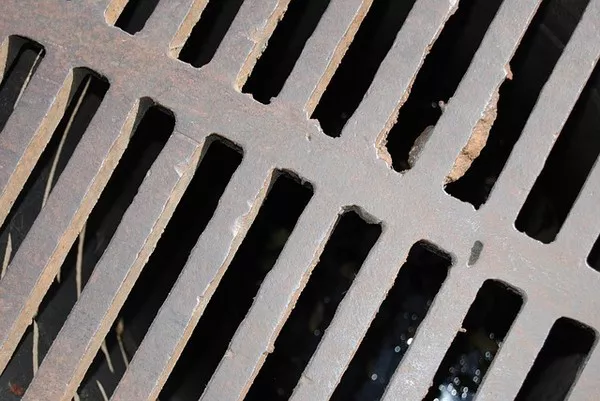In the realm of wastewater management, two primary systems serve distinct roles in handling household and industrial sewage: septic tanks and sewer systems. While both are integral to managing wastewater, they differ significantly in terms of structure, functionality, maintenance requirements, and environmental impact. Understanding these differences is crucial for homeowners, urban planners, and environmentalists alike, as each system has unique implications for water quality, public health, and infrastructure development.
1. Septic Tanks: An Overview
Septic tanks are decentralized wastewater treatment systems commonly used in rural and suburban areas. They consist of large, underground tanks made from materials like concrete, fiberglass, or plastic. These tanks are typically installed within the property boundaries of individual homes or small communities.
Key Features:
Tank Structure: A typical septic tank comprises two chambers: an inlet where raw sewage enters and settles, and an outlet where partially treated effluent flows out for further processing.
Treatment Process: Inside the tank, solid waste settles to the bottom as sludge, while oils and grease float to the top as scum. Bacteria within the tank biologically decompose organic matter, partially treating the wastewater.
Effluent Disposal: Once treated within the tank, the effluent flows into a drain field (also known as leach field or absorption field) through perforated pipes. This field allows the effluent to percolate through soil, further undergoing natural filtration and purification before it enters groundwater.
Advantages of Septic Tanks:
Cost-Effective: Installation and maintenance costs are generally lower compared to centralized sewer systems.
Environmental Impact: Properly maintained septic systems can be environmentally friendly, as they rely on natural processes for treatment and filtration.
Independence: Homeowners with septic tanks are less reliant on centralized infrastructure, offering flexibility in property development and management.
Challenges:
Maintenance: Regular pumping and inspection are necessary to prevent system failures and groundwater contamination.
Space Requirements: Adequate land area is essential for installing drain fields, which can limit their suitability in densely populated areas.
2. Sewer Systems: A Centralized Approach
Sewer systems, also known as municipal or centralized sewer systems, are large networks of underground pipes that collect and transport wastewater from homes, businesses, and industries to centralized treatment facilities. These systems are prevalent in urban and suburban areas where population density and infrastructure development support their implementation.
Key Features:
Infrastructure: Sewer systems consist of an extensive network of pipes, pump stations, and treatment plants managed and maintained by municipalities or utility companies.
Treatment Facilities: Wastewater collected from various sources undergoes rigorous treatment processes at centralized facilities. These processes include physical, chemical, and biological treatments to remove contaminants and pathogens before discharging the treated effluent into water bodies.
Efficiency: Centralized systems can efficiently handle large volumes of wastewater from densely populated areas, ensuring comprehensive treatment and regulatory compliance.
Advantages of Sewer Systems:
Comprehensive Treatment: Advanced treatment technologies in centralized facilities can achieve higher levels of wastewater treatment compared to septic tanks.
Scalability: Easily expandable to accommodate growing populations and urban development.
Public Health: Reduced risks of groundwater contamination and waterborne diseases when properly maintained.
Challenges:
Cost: High initial investment and ongoing operational expenses for construction, maintenance, and upgrades.
Dependency: Reliance on centralized infrastructure can pose challenges during natural disasters or infrastructure failures.
Environmental Concerns: Energy consumption, chemical usage, and the disposal of sludge from treatment plants can impact local ecosystems if not managed properly.
Choosing Between Septic Tanks and Sewer Systems
The decision to implement a septic tank or connect to a sewer system depends on various factors:
Location: Rural or suburban areas may favor septic tanks due to lower population density and limited access to municipal sewer lines.
Regulations: Local regulations and environmental guidelines often dictate the type of wastewater management system permissible in a given area.
Cost Considerations: Initial costs, maintenance expenses, and long-term sustainability play crucial roles in decision-making.
Environmental Impact: Assessing the environmental footprint of each system, including groundwater protection and ecosystem impacts, is essential.
See Also WHAT IS AN ANOXIC TANK IN WASTEWATER TREATMENT?
Conclusion
Both septic tanks and sewer systems play vital roles in managing wastewater and ensuring public health and environmental protection. While septic tanks offer decentralized solutions suitable for less populated areas, sewer systems provide centralized, high-capacity wastewater treatment for urban and suburban settings. Understanding the differences between these systems is essential for making informed decisions regarding wastewater management, infrastructure development, and environmental stewardship in communities worldwide. By balancing technological advancements with environmental sustainability, stakeholders can promote effective wastewater management practices that meet the needs of current and future generations.

